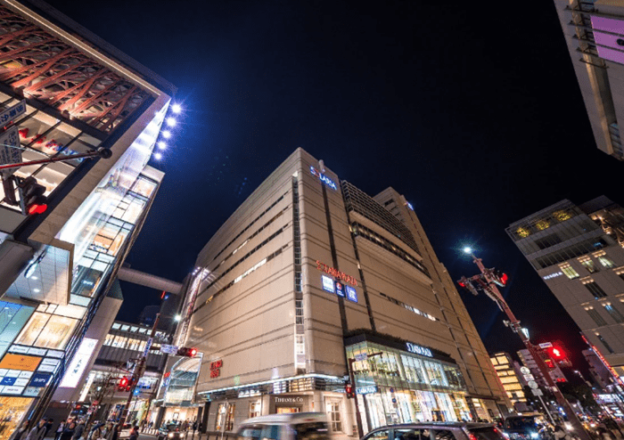
As stress 보도 구인구직 reduction and relaxation gain popularity, massage parlors and individual therapists are rising. Some massage firms are illegal. Illegal massage parlors engage in prostitution and human trafficking, whereas licensed ones observe strict safety standards.
Consumers and practitioners must comprehend legal massage. After background checks, education, training, inspections, and ethics, states license massage businesses. Experts that prioritize client safety and well-being deliver outstanding therapy. Illegal massage parlors intimidate consumers and workers.
These companies exploit vulnerable workers.
Legal massage?
Licensed massage therapists provide legal massage. Ethics and law govern these professions. Safe, legal techniques relieve pain, stress, and other medical conditions. Legal massage therapists assess clients, acquire medical histories, and design treatment plans to relax or treat.
They conceal client data. Legal massage therapists also utilize clean sheets, sanitize equipment, and clean their workspace. Legal massage therapy promotes wellness via safe, effective treatments.
Unlicensed Massage
Illegal massages are risky. First, the masseuse may not be qualified, causing discomfort or permanent injury. Illegal massages may include sexual services or other crimes, putting the consumer and therapist at risk of prosecution.
Massage parlors may launder money or trade people. Illegal massage parlors may have unsanitary facilities and equipment that transmit sickness. Massages from licensed professionals are safe.
Identifying Illegal Massage Parlors
Illegal massage parlors might seem legitimate. Warnings exist. First, it may be illegal if the company is operating late or early and has blacked-out windows or camouflaged entrances. Cheap service prices or no licenses are additional warning flags.
Another warning indicator is if employees reside on site or avoid customers. Finally, a men-focused sexual massage business is illegal. Unlicensed massage parlors that provide sexual services are unlawful.
illegal massage
Illegal massage may be dangerous. First and foremost, illegal action is criminal. This means that anybody who promotes or engages in illegal massage may face penalties or jail time.
Illegal massage parlors exploit employees. Human trafficking and forced labor victims work long hours for little pay in unsafe conditions at these companies.
Illegal massage hurts legitimate massage. Legal massage companies are expensive due to strict licensing and regulation. Illegal businesses may undercut lawful ones.
Illegal massage promotes exploitation and endangers workers.

Legal Massage—why?
Licensed massage ensures safety and expertise. State-licensed massage parlors are hygienic and safe. Licensed therapists can relieve stress, manage pain, and relax.
Illegal massages may put you at risk of receiving poor service from untrained people who don’t care about you. Prostitution and human trafficking by these enterprises may result in criminal charges for both the institution and the customer. Legal massage promotes health and respectable business.
Conclusion: Massage Ethics
Finally, ethical massage protects clients and practitioners. Understanding the differences between legal and illegal massage and criminal behavior is key. Licensed, ethical, and safe massage therapists are required. They should also understand contraindications and not sexually approach consumers.
Illegal massage parlors may traffic vulnerable persons. By educating ourselves and supporting legitimate massage establishments, we can stop illicit massage and guarantee everyone gets wonderful therapy. Massage ethics and safety benefit everyone.











